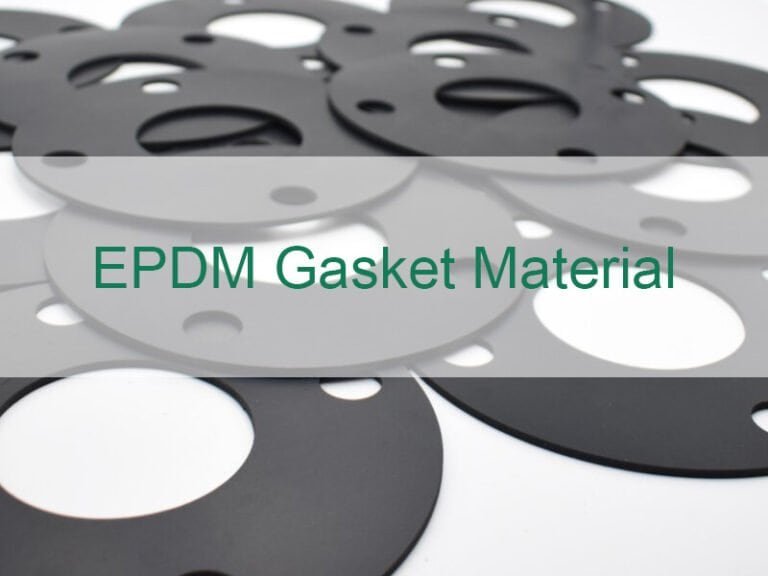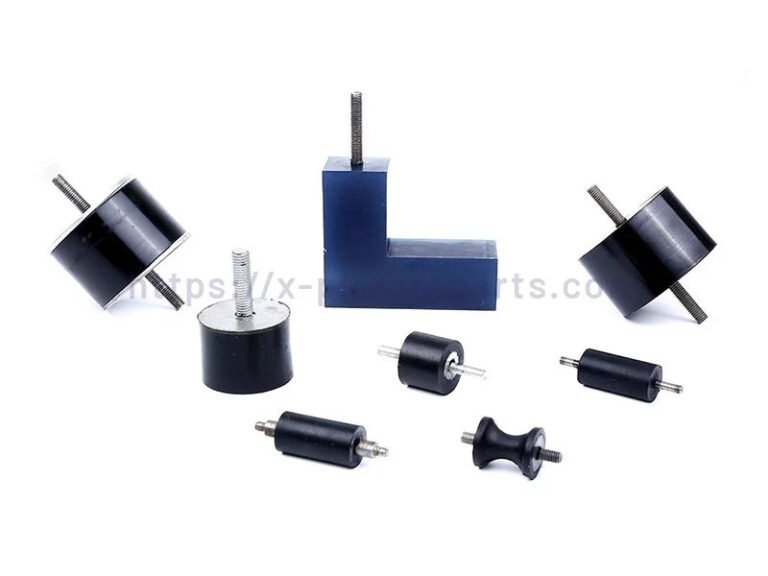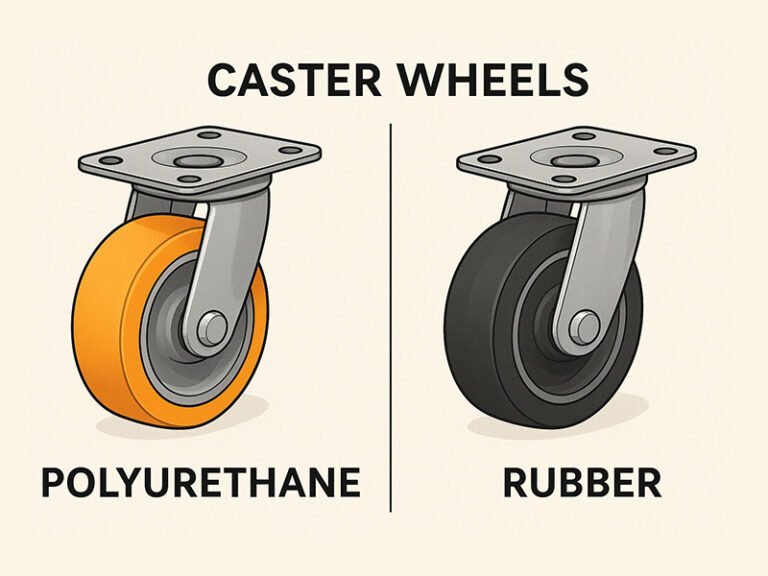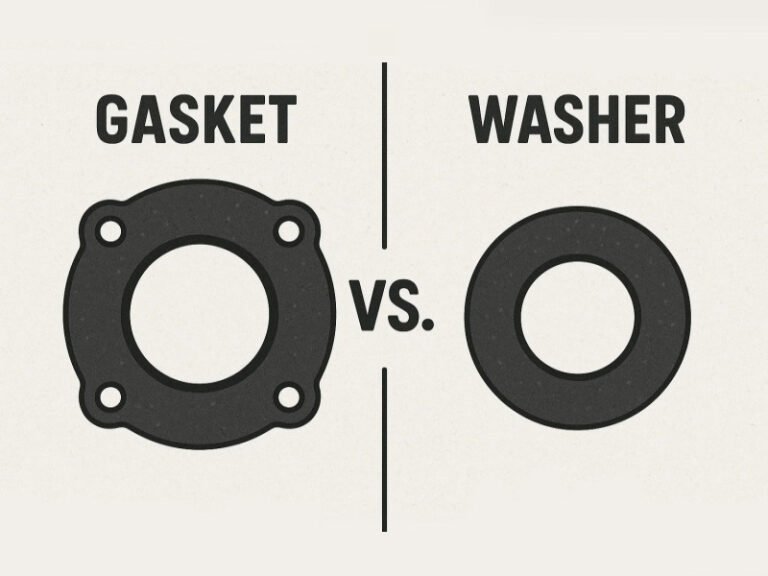What is EPDM Rubber Gasket Material?
EPDM (Ethylene Propylene Diene Monomer) is a high-performance synthetic rubber known for its elasticity, durability, and resistance to harsh environmental conditions. Both solid and cellular EPDM materials are highly versatile and suitable for a wide range of processing methods, making them ideal for industrial sealing applications such as gaskets, O-rings, and other seals. They withstand UV, ozone, oxygen, extreme temperatures, and most industrial chemicals, offering long-lasting, resilient, and chemically resistant performance for demanding outdoor and industrial applications.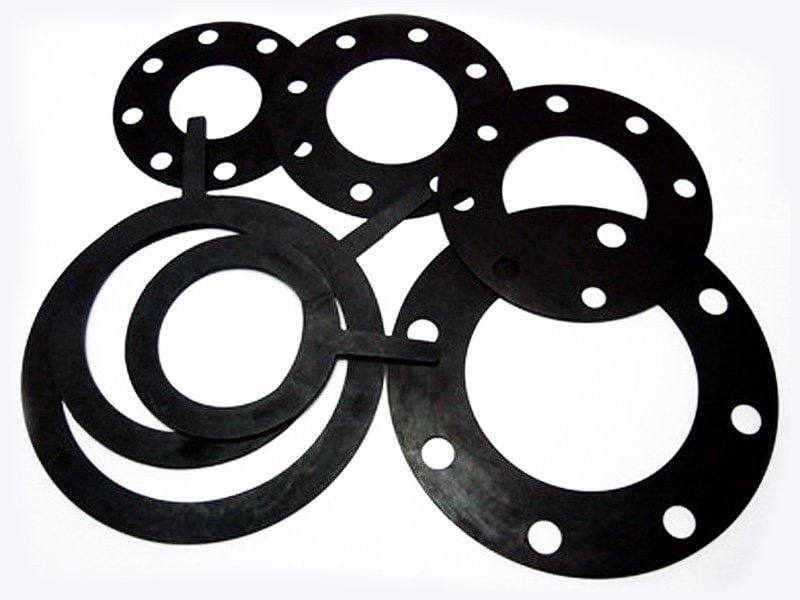
Key Properties of EPDM Gaskets
EPDM gaskets, made from ethylene and propylene copolymers, exhibit exceptional elasticity due to their long molecular chains, remaining flexible at low temperatures and capable of withstanding high temperatures. With a tensile strength of 7 to 21 MPa, EPDM outperforms silicone, nitrile, and neoprene in mechanical strength. These gaskets resist abrasion, harsh chemicals like acids and alkalis, and swelling from hydrocarbon oils and petroleum products, making them ideal for demanding applications, including those involving steam. Additionally, EPDM offers excellent resistance to oxidation and UV light, enhancing its durability and suitability for diverse environments.Types and Grades of EPDM Gasket Material
EPDM rubber gasket material is available in various types and grades. Understanding these variations allows manufacturers to select the most suitable material for their sealing requirements.Types of EPDM
1. Solid EPDM: Dense and compression-resistant, solid EPDM is used in high-pressure applications. 2. Sponge/Foam:- EPDM:Closed-Cell: Water-resistant and lightweight.
- Semi-Closed/Open-Cell: Highly flexible, used for cushioning or vibration isolation.
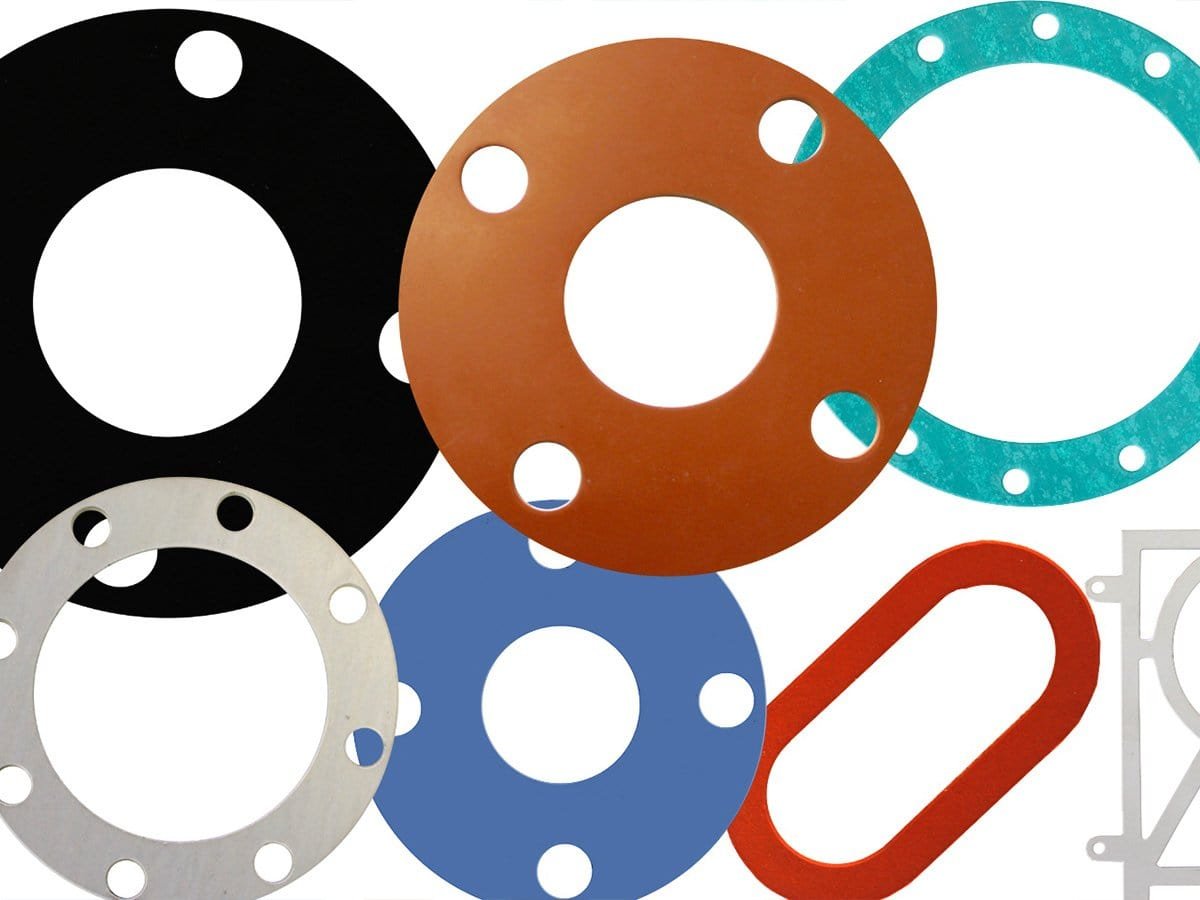
Grades of EPDM
- Commercial Grade: Affordable and suitable for low-pressure applications.
- Peroxide-Cured: Offers superior chemical and heat resistance.
- Sulfide-Cured: Provides standard performance for general-purpose gaskets.
- FDA-Approved: Non-toxic, white EPDM designed for food and pharmaceutical applications.
- UL 94 Flame-Retardant: Meets stringent fire safety standards.
Common Applications of EPDM Gaskets
EPDM rubber gasket material withstands harsh conditions while maintaining flexibility and sealing integrity drives its widespread use.
- Automotive: EPDM rubber gaskets are used in door and window seals, weatherstripping, hoses, and O-rings.
- Construction: EPDM roofing membranes and window/door seals, HVAC systems.
- Industrial: EPDM gaskets seal water and steam pipelines, chemical processing equipment, and vibration isolation systems.
- Electrical: Cable insulation, enclosure seals, and PCB supports
- Marine: Boat seals, hoses, and deck fittings.
- Specialized Uses: EPDM is also found in solar panel heat collectors, shower hoses, and masking solutions.
Other Types of EPDM Products
Beyond standard gaskets, EPDM material is used in a variety of components that provide excellent sealing, cushioning, and protection. These products are durable, weather-resistant, and suitable for diverse industrial and mechanical applications. Examples include:
- EPDM O-rings
- EPDM washers and spacers
- EPDM tubing and hoses
- Custom-molded EPDM parts for machinery
- EPDM seals and pads for vibration absorption
These options offer flexibility for your projects while maintaining the reliable performance of EPDM material.
Conclusion
EPDM rubber material offers a solution for sealing needs demanding weather resistance, flexibility, and chemical stability. By selecting the appropriate grade and form of rubber material, you can ensure reliable, long-lasting seals that withstand varied environmental challenges. Flexiparts supplies custom molded rubber material gaskets based on your design. Welcome to contact us for custom solutions.

